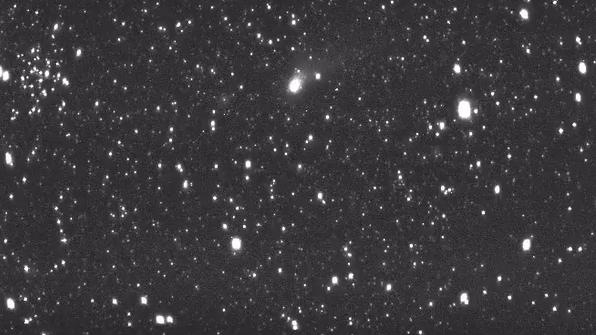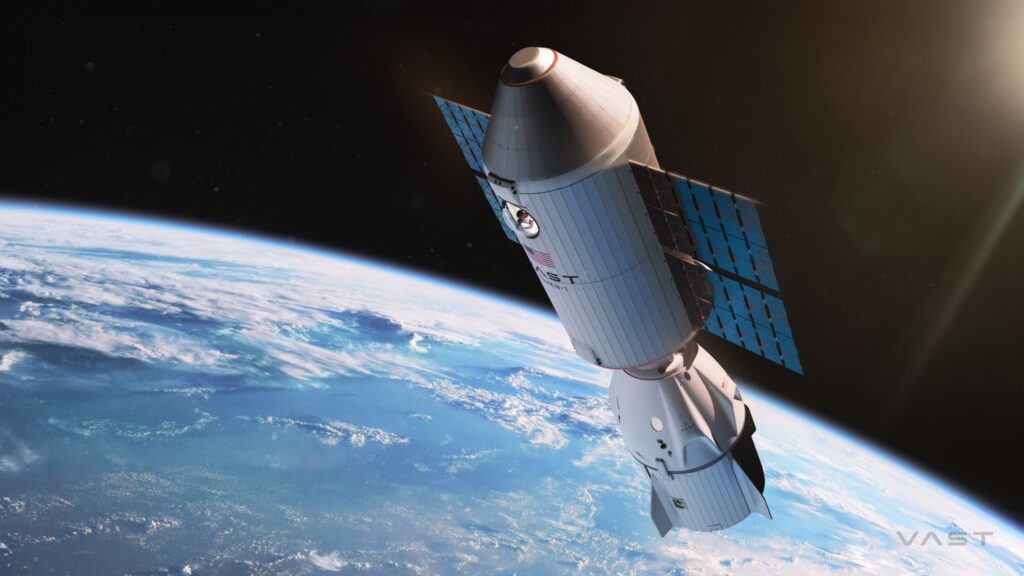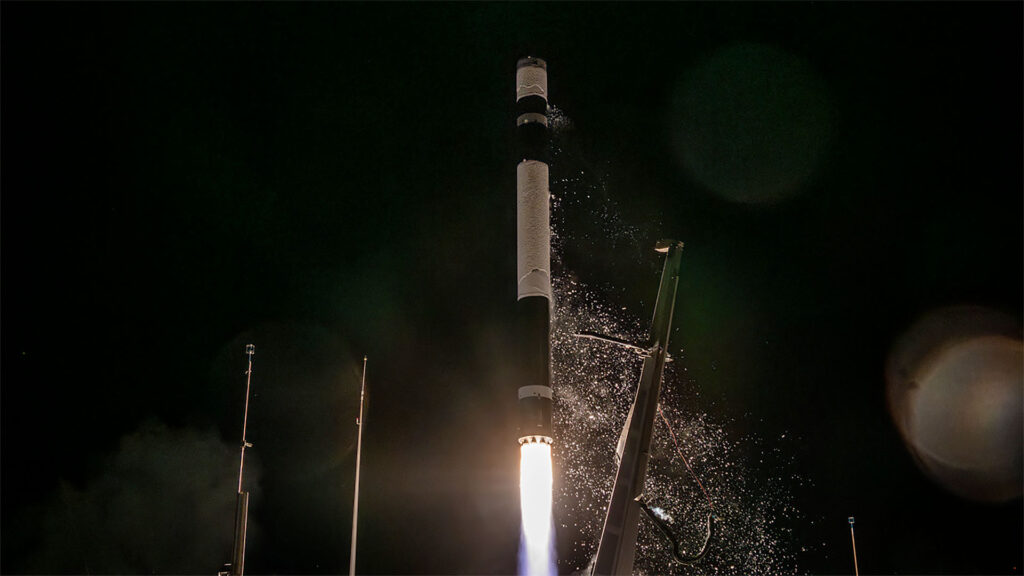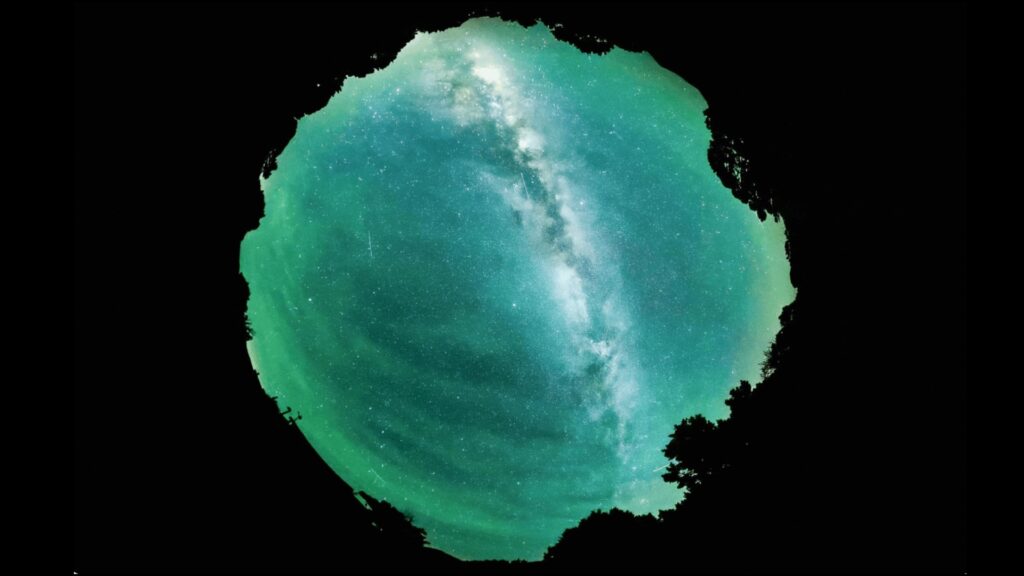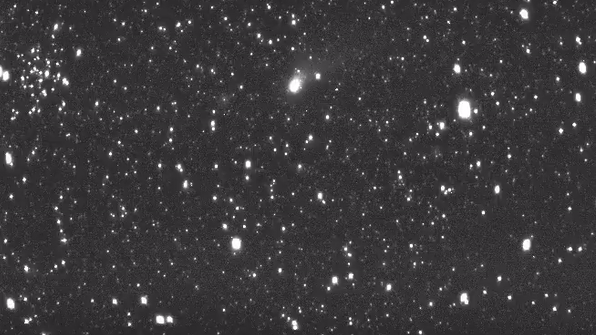
Japan’s cubesat EQUULEUS, which hitched a ride to the moon aboard NASA’s Artemis 1 mission in November last year, took a video of Comet C/2022 E3 (ZTF) earlier this month, about two weeks after the ice ball’s closest approach to Earth.
The comet — also called the green comet for its hue or the Neanderthal comet, as it hasn’t visited Earth since the era of the Neanderthals — can be seen in the video sequence shared on Twitter as a fuzzy white dot traversing a star-studded black-and-white background.
“EQUULEUS successfully photographed Comet ZTF (Comet C/2022 E3) from space!” the EQUULEUS team said in a tweet (opens in new tab) accompanying the image sequence shared on Tuesday (Feb. 21).
Related: Amazing photos of gorgeously green Comet C/2022 E3 (ZTF)
The 6U cubesat , built by the Japanese Aerospace Exploration Agency (JAXA) and the University of Tokyo, imaged the comet for six hours on Feb. 12. At that time, the cubesat was about 43 million miles (69.5 million kilometers) from the comet and 211,000 miles (340,000 km) from Earth.
“These series of images were taken by calculating the timing and direction from the relative orbits of the comet and EQUULEUS,” the team said in the tweet.
EQUULEUS is currently sailing toward the Lunar Lagrange point 2, a gravitationally stable point in the Earth-moon system, which is about 38,000 miles (61,347 km) behind the moon on the side away from Earth.
Related stories:
The mission is testing low-energy propulsion techniques, including a low-thrust water propulsion system that uses very little propellant to control the spacecraft’s trajectory. The spacecraft also carries sensors to make measurements of Earth’s plasmasphere, the inner region of the magnetosphere a few thousand miles above the planet that contains cool plasma — gas in which atoms have been stripped of electrons.
As for Comet C/2022 E3 (ZTF), the object is still visible in the sky with amateur telescopes but is quickly fading as it hurtles back toward the outer solar system, where it came from. It may pay Earth and the sun another visit in 50,000 years, but some astronomers think it will actually never return again, as the gravitational kick it received from our life-giving star may fling it out of the solar system altogether.
Follow Tereza Pultarova on Twitter @TerezaPultarova. Follow us on Twitter @Spacedotcom and on Facebook.
